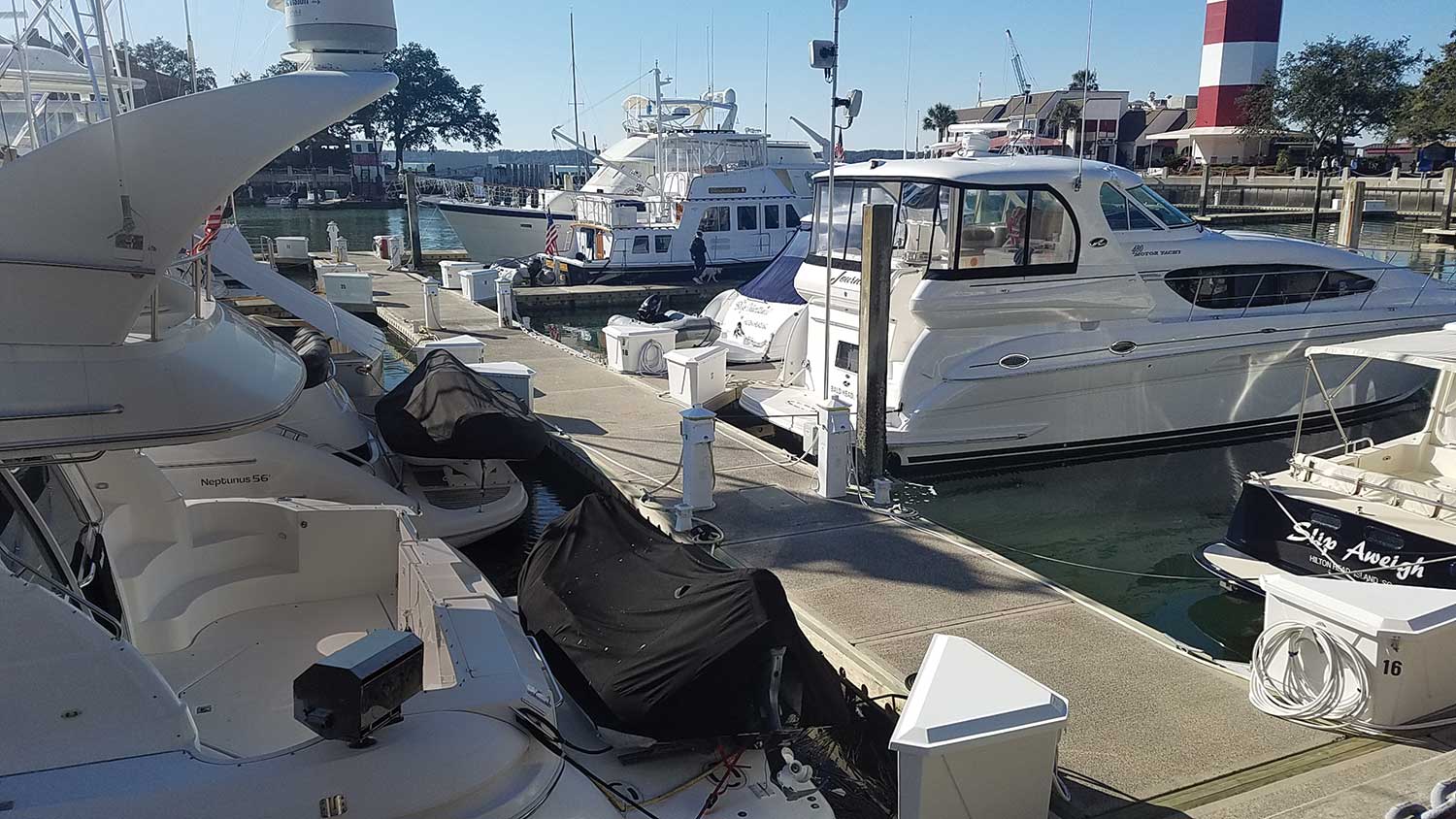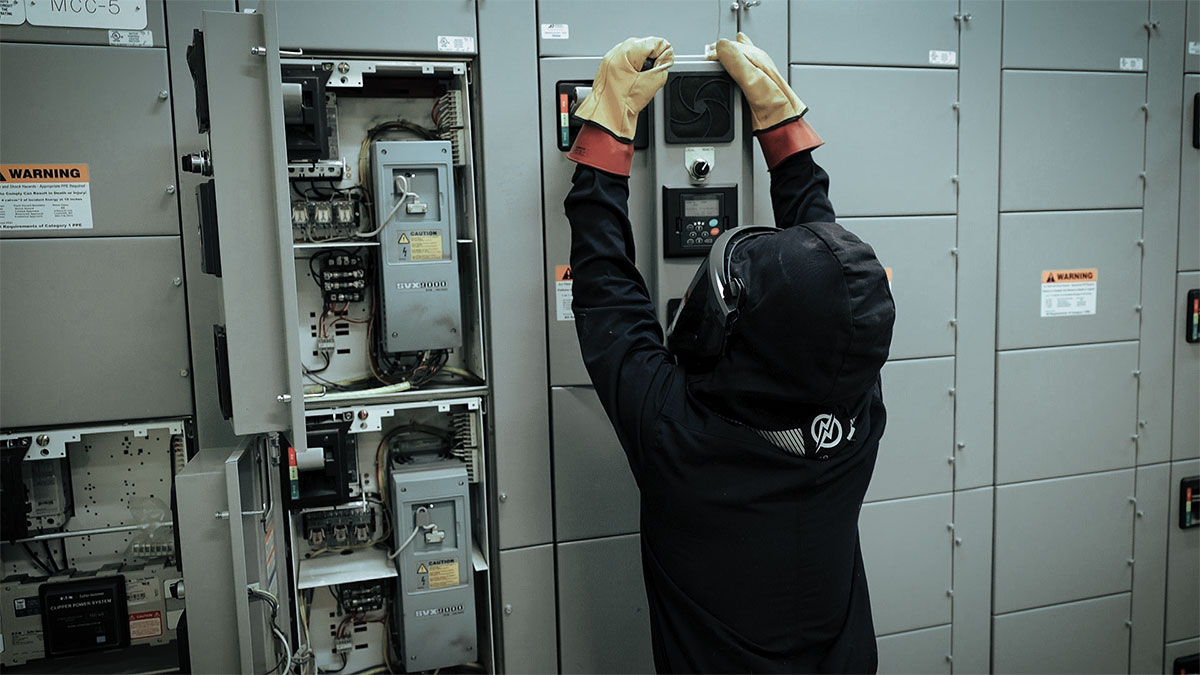The 2020 edition of the National Electrical Code® (NEC®) addresses many of the concerns addressed by the 2017 edition and subsequent Tentative Interim Amendments (TIA)s concerning electric shock drowning (ESD).
A new Section 555.13, Bonding of Non-Current-Carrying Metal Parts, states that all metal parts in contact with the water, all metal piping, and all non-current-carrying metal parts that are likely to become energized are required to be connected to the grounding bus in the panelboard. This bonding is to be accomplished by using solid copper conductors; insulated, covered, or bare; not smaller than 8 AWG. Connections to bonded parts are to be made per 250.8. Similar language used to appear at 553.11 for floating buildings in the 2017 NEC. Article 553, Floating Buildings, was deleted in the 2020 NEC, and information about floating buildings was incorporated into a new Part III of Article 555 due to the electrical safety hazards and the electrical infrastructure being similar in nature of both articles in the 2017 NEC.
One important change that impacts floating building occurred at Section 555.4, Location of Service Equipment [formerly 555.7]. This rule now requires the service equipment for a floating building, dock, or marina to be located on land adjacent to the structure served, but not on or in the structure itself or any other floating structure.
Ground-fault protection requirements, previously located at 555.3, were divided into three parts at Section 555.35(A), Ground Fault Protection, to provide clarity for these important ground-fault requirements.
Section 555.35(A)(1), Receptacles Providing Shore Power, addresses shore power receptacles with individual GFPE not to exceed 30 milliamperes (mA).
Section 555.35(A)(2), GFCI Protection for Personnel, addresses 15- and 20-ampere receptacles for other than shore power with Class A GFCI protection (4 to 6 mA) being provided per 555.33(B)(1) and (B)(2).
Section 555.35(A)(3), Feeder and Branch Circuits with GFPE, addresses feeder and branch-circuit conductors that are installed on docking facilities. They are now required to be provided with ground-fault protection equipment (GFPE) that are set to open at currents not exceeding 100 milliamperes. These are to be in coordination with downstream GFPE permitted at the feeder overcurrent protective device. An exception was added that would exempt transformer secondary conductors of a separately-derived system [to exceed 3 m (10 ft.)] installed in a raceway from this GFPE protection as it would be challenging to provide ground-fault protection on the conductors from the transformer to the first panelboard where the transformer resides on the docking facility.
The substantiation noted that 50 percent of the electric shock drowning (ESD) incidents could be avoided by the 30 mA protection at the shore power receptacles, whereas the existing overall 30 mA ground-fault protection for the entire marina was too low for most marinas. Informational notes were also added to address the concerns regarding vessel testing to alleviate potential leakage current that contributes to ESD as test data has shown that a great deal of the stray current in the water around marinas comes from the boats (vessels) themselves.
As pointed out in the scope of the NEC, the Code does not have jurisdiction over the vessels at marinas. While the NEC rules cannot demand that the vessels be tested for current leakage, language was put in place at 555.35(B), Leakage Current Measurement Device, to require leakage current measurement devices to be in place and used at marinas and boatyards where more than three receptacles supply shore power to boats.
For additional information on changes to electric shock hazards and ground-fault protection, review NFPA 70, National Electrical Code, 2020 edition. You can view online for free at http://nfpa.org/70. Here you will also find information about tentative interim amendments (TIA) issued by NFPA as well as an errata document. First and second draft reports of the NEC include committee information that includes information about public inputs, etc.















Find Us on Socials